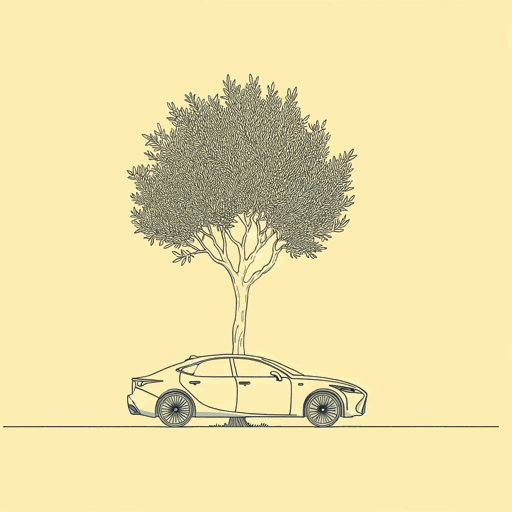62 pages • 2 hours read
Thomas L. FriedmanThe World Is Flat: A Brief History of the Twenty-First Century
Nonfiction | Book | Adult | Published in 2005A modern alternative to SparkNotes and CliffsNotes, SuperSummary offers high-quality Study Guides with detailed chapter summaries and analysis of major themes, characters, and more.
Part 7, Chapter 17Chapter Summaries & Analyses
Chapter 17 Summary: “11/9 Versus 9/11”
In this final chapter, Friedman focuses on the two dates that he believes were the defining events of the previous 15 years: 11/9/89 and 9/11/01. The former opened the world with the fall of the Berlin Wall, making America the world’s sole superpower. The latter, the day that the World Trade Center and Pentagon were attacked by terrorists, threatened to close the world again. Friedman writes that the two dates represent “two competing forms of imagination”—creative and destructive (607).
Friedman tells the stories of two men who each created an airline from scratch in 1999. One was David Neeleman, who founded JetBlue, and the other was Osama bin Laden, who drew up plans to attack New York and Washington, D.C. Both men utilized the tools available in a flat world, and Friedman is struck by how much bin Laden and his co-conspirator Khalid Sheikh Mohammed resembled a venture capitalist and an engineer-entrepreneur, respectively. Bin Laden was also a deft supply chain manager, outsourcing activities as needed, finding resources, and making payments. Neeleman and bin Laden are examples of creative and destructive imaginations.
To explain how we can encourage everyone to use the flat world’s tools for good, Friedman tells a story from eBay’s CEO Meg Whitman.
Related Titles
By Thomas L. Friedman

From Beirut to Jerusalem
Thomas L. Friedman

Hot, Flat, and Crowded: Why We Need a Green Revolution
Thomas L. Friedman

Thank You For Being Late
Thomas L. Friedman

That Used to Be Us
Thomas L. Friedman, Michael Mandelbaum

The Lexus and the Olive Tree
Thomas L. Friedman

